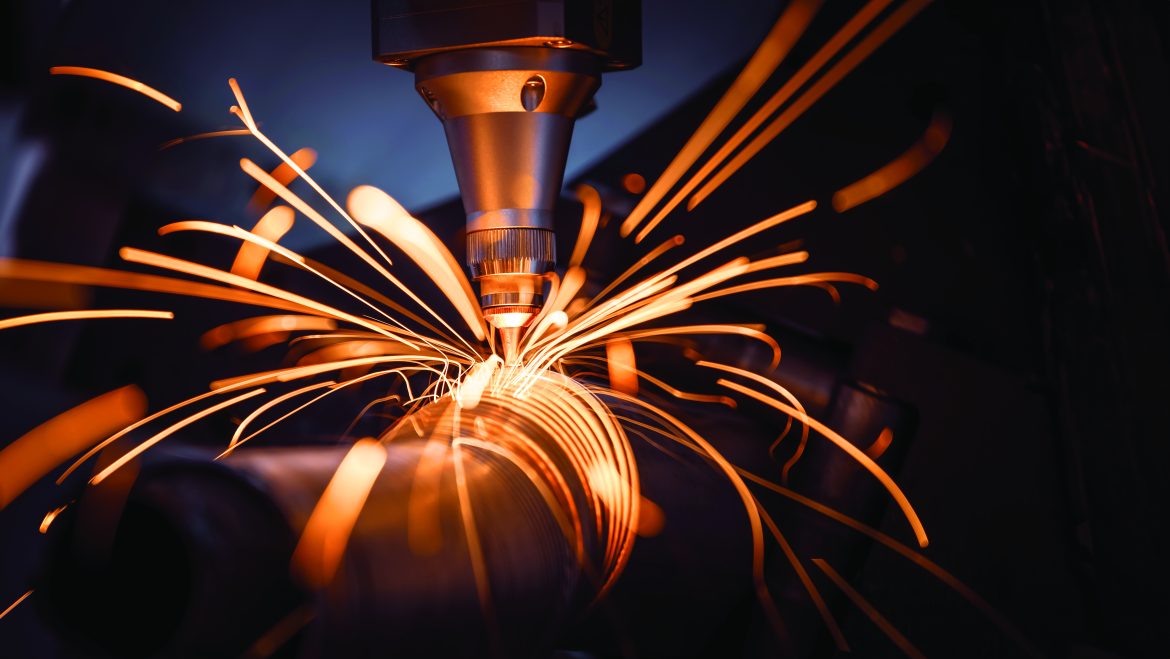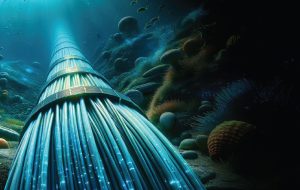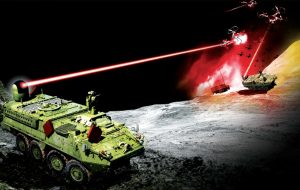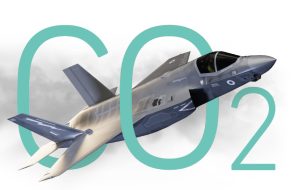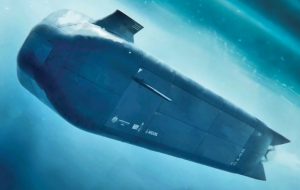The development of metallurgy throughout history has been closely tied to military needs. When we examine the history of warfare and inspect weapons, ammunition, equipment, and their manufacturing methods, one striking fact stands out: the entire progression of these technologies would not have been possible without the presence of vast quantities of metals, especially iron and copper.
In the early 16th century, numerous shields were crafted, and a full suit of armour imposed an additional burden equal to a person’s weight on both the soldier wearing it and the horse carrying it and each foot soldier, armed with bows or spears, wore half a shield. However, with the growth of armies and the intensification of combat, there was an increasing demand for metals to manufacture complete armour. At the same time, the need for metals to craft firearms and ammunition grew. The cannons were heavy, weighing between 3 to 4 tons of bronze, and cannon carriages, especially their wheels, were covered with iron plates. Some cannons fired cast-iron balls the size of a human head.
Wars relying on gunpowder necessitate significant metal consumption. Modern warfare and industry have been fundamentally based on producing vast quantities of metals, especially iron and steel. In 1910, just before the outbreak of World War I, Europe’s production of iron and steel reached sixty million tons, while worldwide copper production rose to approximately one million tons. The arms race was a driving force for diverse discoveries in mining, aiding in increased production of red copper, bronze, yellow copper, and iron.
The outbreak of World War II in the 1940s and armies’ need for metals to manufacture equipment, tanks, artillery, and combat vehicles led to a tremendous revolution in this field concerning the development of metals and alloys as well as enhancing their properties to suit military requirements. Today, armies work to develop more advanced and sophisticated defence equipment to confront emerging threats. Innovations worldwide range from supersonic aircraft, tanks, ammunition, directed energy weapons, and even weaponry for space militarization, all requiring various designs, materials, equipment, metals, and alloys. Fulfilling these needs often requires metals and alloys to be designed according to specific military needs and applications. During World War II, the United States engaged in a vast industrial war effort. In addition to metals traditionally associated with armies like iron, nickel, copper, and tin, the rapid pace of technology increased the importance of other metals that hadn’t seen much or any use in previous wars, including aluminium and uranium.
Strategic Metals
Armies use a wide range of metals for various purposes, ranging from vehicles to electronics and munitions. Each branch or category has specialities that require different designs and materials. Meeting these needs often requires metals and alloys to be designed according to specific military applications. Some of the most commonly used metals in military applications include aluminium, titanium, stainless steel, carbon steel, and nickel alloys.
Each material is specifically selected based on its strengths and weaknesses and can be modified and processed to fit specific operational requirements.
Despite the significant overlap, each branch of the military has specialized material preferences that help ensure optimal operation of equipment in specific environments and settings.
In recent years, metals that are of great importance in military industries have been referred to as “strategic metals.” The possession of rare and valuable metals by a specific country makes them a crucial factor in determining global technological dominance and military superiority.
The STANDFORD Center for Advanced Materials identified six widely used strategic metals in military industries: magnesium, titanium, rhenium, molybdenum, tungsten, and uranium. Given their critical importance, the most powerful nations strive to secure stable supplies of these metals to meet their needs in military and strategic industries.
The “Metals Make Life” platform indicates that the U.S. Department of Defence uses 750,000 tons of metals annually to build defence technologies. Research and development in materials science have led to new ways in which metals can enhance machine performance in defence industries, as the material requirements for defence need to withstand corrosion and friction, as well as be lightweight and help in cost reduction.
According to a study by the Brookings Institution in Washington, the world is currently facing significant challenges in identifying sources of the necessary metals for high-precision industries, which contribute to the transition to low-carbon energy sources, high-tech industries, and electronic chips.
Around 40 metals have become part of the “U.S. National Security” protection and are considered strategic for American superiority over China. These metals include rare earth metals, nickel, copper, lithium, cobalt, and aluminium sheets, which are used in the aerospace and defence industries.
Experts and researchers indicate that there is a type of metal that will be the focus of conflicts among economic powers in the coming period, which can be categorized into three sections:
1- Strategic metals, which are of great importance to governments as they are a continuous source of funding and revenue for exporting countries, according to the Institute of Rare Earths and Metals strategic metals include antimony, arsenic, bismuth, cadmium, calcium, chromium, cobalt, gallium, germanium, indium, lithium, magnesium, mercury, molybdenum, niobium, selenium, rhenium, silicon, tantalum, tellurium, aluminide, titanium, and tungsten.
2- Rare metals, that are present in small quantities despite being pivotal elements in precision industries. These include 17 main elements, characterized by unique magnetic and electrochemical properties, including gadolinium, lanthanum, cerium, promethium, dysprosium, erbium, europium, holmium, lutetium, neodymium, praseodymium, samarium, scandium, terbium, thulium, ytterbium, and yttrium.
Their importance lies in their use in the production of cancer drugs, smartphones, renewable energy technologies, oil refining, and glass manufacturing.
3- High-tech metals, representing a secure source of entry and one of the main economic sources for producing countries. The most prominent of these metals are aluminium, antimony, beryllium, bismuth, cadmium, caesium, cerium, cobalt, dysprosium, europium alloy, gallium alloy, germanium, gold, holmium, indium, iridium, copper, nickel, osmium.
Magnesium: The Defensive Metal
Magnesium has been an important part of the defence industry since the 1940s. Due to its quantitative and qualitative uses in military industries, it has been termed as the “defensive metal.”
Magnesium alloys possess a variety of advantages, including their density. Being one of the lightest structural metals in the world, magnesium has a lower density compared to other structural metals like aluminium or steel.
Consequently, magnesium can be used as a direct substitute for aluminium or steel without adding too much weight. Magnesium also boasts strength, hardness, good damping, and machinability. It is one of the most abundant metals in the Earth’s crust, making it a fundamental structural material for producing spacecraft, military aircraft, missiles, high-speed vehicles, and ships.
It is widely used in the production of incendiary ammunition and bombs due to its high heat and light emission when burned. Recent discoveries in materials science and technology have made it possible to improve the performance of magnesium alloys more than ever, replacing aluminium and steel alloys.
Magnesium was widely used during World War I in incendiary bombs and tracer bullets due to its flammability and light-emitting properties.
The low density of Magnesium was utilized during World War II when it was extensively used in the manufacturing of military aircraft for the aircraft body, engine components, gearboxes, and wheels to significantly reduce weight. For instance, the B-36 and B-47 bombers extensively used lightweight magnesium components to enhance payload capacity.
After World War II, with engines becoming more powerful, interest in magnesium waned in military aircraft, only to be renewed with the advent of the missile age in the 1950s and again during the Vietnam War.
Magnesium was widely used in military ground vehicles such as the U.S.-built M-274 mechanical mule, which had a payload of 450 kg, showcasing the usefulness of low magnesium density once again.
The U.S. Army utilized this vehicle in the 1980s, thanks to magnesium axle housings and the loading platform. Magnesium alloys were also used in armoured personnel carriers (APCs), amphibious vehicles, main battle tanks (MBTs), and other military vehicles.
Tungsten: The Dental Metal
The use of tungsten in military equipment dates back to ancient times when it was used to improve the durability of gun barrels. The steel used in gun barrel manufacturing was severely affected by corrosion resulting from contact with gunpowder. Adding tungsten to the steel improved its durability and corrosion resistance, earning it the nickname “dental metal.” Reports indicate that during the early stages of World War I, rifles made from tungsten-mixed steel were more durable than those made from steel alone. Tungsten-mixed barrels could fire more than twice the number of rounds before deteriorating compared to steel barrels. Some modern applications of tungsten in military materials include manufacturing bulletproof vehicles, armoured tanks, and other types of protection equipment designed to withstand high-velocity bullet impacts, thanks to tungsten’s hardness. This property can be further enhanced through alloy manufacturing to produce stronger composite materials. Moreover, Tungsten is used in manufacturing missile and aircraft components due to the high temperatures they must endure. Tungsten has high thermal resistance, making it primarily used in creating hard alloys for defence, aerospace, information technology, and more.Alloys made from tungsten and other refractory metals (tantalum, niobium, molybdenum, rhenium) can be used in various military applications.
Titanium: Lightweight with a Big Impact
Titanium is one of the most widely used metals in military applications, and its importance lies in its high strength-to-weight ratio and excellent corrosion resistance. This has allowed manufacturers to create lightweight equipment while increasing durability (especially in harsh environments). Titanium is largely chosen for military applications due to its ability to maintain a high level of performance even at elevated temperatures.Moreover, it is characterized by hardness, strength, lightweight properties, fracture resistance, and the necessary stress resistance, combined with excellent corrosion resistance. Therefore, titanium is often used in the manufacturing of aircraft engine parts, rocket structures, armour, and naval ships.
Even spacecrafts contain components made of titanium. Due to its versatility in different environments, titanium alloys can be used as fuel storage tanks and high-pressure vessels.
New U.S. military aircraft and armoured vehicles have started using titanium products in large numbers, making titanium a valuable resource for armed forces.
The significant demand for titanium in the military field has led to innovative research regarding potential new uses. The military industry needed to find a metal that could withstand harsh conditions without compromising efficiency and strength.
As titanium extraction and purification processes became less complex, titanium became more affordable than it was in the past. With its easy availability, the metal gradually became the preferred choice, replacing steel as a standard option, and the military sector increasingly relies on it.
Manufacturers rely on titanium alloys mixed with aluminium and vanadium, developing exhaust pipes and hydraulic systems. Titanium has also been blended with tungsten, and the resulting mixture is used in tank armour.
Thanks to innovative research, titanium finds more and more uses in the military field, in protective armour and structural components for aircraft. It is used to manufacture tanks, missiles, as well as various types of naval weapons and equipment.
Researchers have focused on utilizing titanium compounds in the military field, leading to the development of a titanium and fibreglass composite material used in manufacturing rotor blades (in Black Hawk helicopters).
These composite materials are often used for military applications because of their excellent conductivity, especially compared to carbon compounds. They also ensure highly efficient thermal expansion.Maritime applications require a metal that can resist the damage caused by seawater without any compromise on safety. Titanium, with its outstanding corrosion resistance, represents an ideal choice. Consequently, it is used to develop equipment that frequently interacts with seawater. Propeller shafts and underwater manoeuvring systems are made from titanium and its alloys. The same applies to drilling equipment, ship cooling systems, and pipes. Titanium is the first choice for manufacturing submerged ball valves, heat exchangers, fire pumps, and exhaust stack liners. Before titanium was widely used, corrosion of seawater pipes was a persistent problem, particularly in heat exchangers, requiring frequent replacement and repair (high service costs).
Over time, copper and nickel pipes were replaced with titanium pipes, leading to an improvement in the assumed service life and a reduction in service costs.
By: Retired Colonel Eng. Khaled Al-Ananzah
(Advisor and Trainer in Environmental and Occupational Safety)


